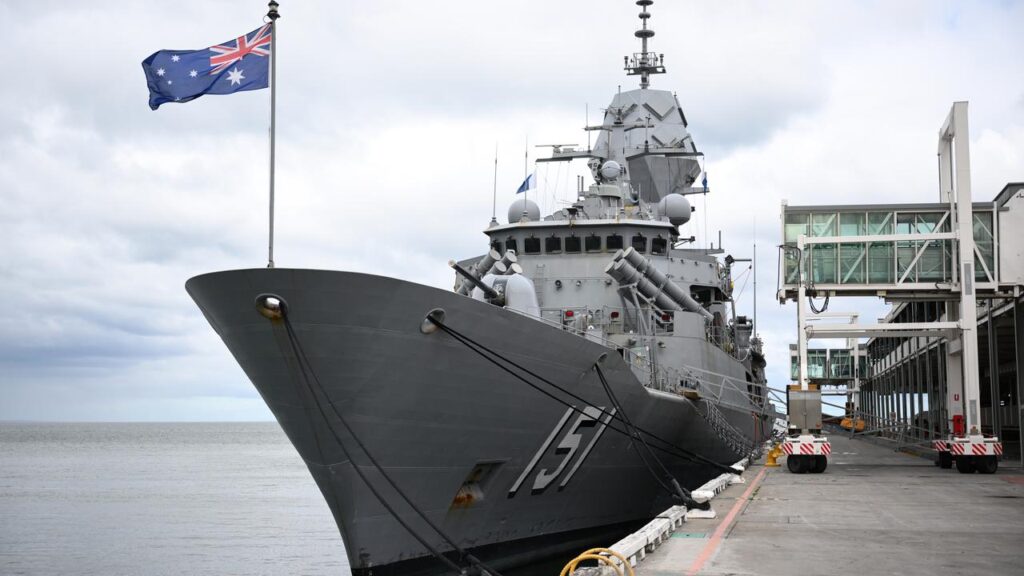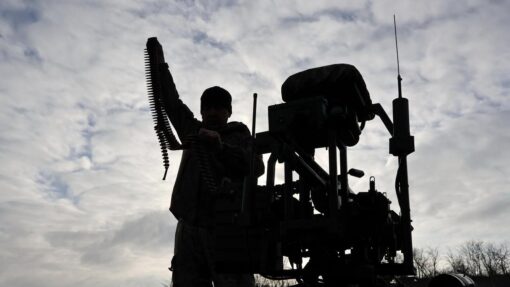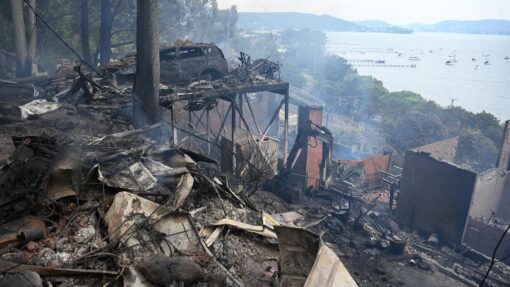Australia to boost navy firepower with Japanese design
Dominic Giannini |

Australia will buy more than ten Japanese warships to prop up its navy as it enhances its combat fleet to project firepower deeper into the Pacific.
The Mitsubishi Heavy Industries’ Mogami-class frigate has undersea warfare and air defence capabilities, including 32 vertical launch missile slots to fire long-range missiles.
The upgraded Mogami ship will be able to carry 128 air defence missiles, four times more than the current Anzac-class frigates Australia operates and has a range of 10,000 nautical miles (18,500km), compared with the Anzac’s 6000 nautical miles (11,000km).
The ships can also be crewed by 90 sailors, significantly fewer than the 170 required to operate the Anzac-class.
“It’s a much bigger ship which is able to operate with a much smaller crew and that’s a reflection of how modern this ship is,” Defence Minister Richard Marles told reporters in Canberra on Tuesday.
It beat the German Meko-class frigate to become the biggest defence industry agreement ever struck between Japan and Australia, the minister said.
Advice from the Defence Department recommended the Japanese design due to its cost, capability and build schedule.
“The Mogami is absolutely the best ship and that was very clear in all the advice that we received,” Mr Marles said.
The Japanese ship has a life span of 40 years and can be used at sea 300 days a year, both of which outperformed the Meko.
The Mogami was also described as more compatible with Australia as it uses a US-designed weapons system compatible with missiles already in the navy’s arsenal.

Three frigates will be built in Japan, with the first arriving in Australia in 2029 before entering service in 2030.
The remaining two will be handed over by 2034.
They are part of an 11-frigate fleet, with the last eight to be built in Western Australia’s Henderson precinct.
“We want to do that as soon as possible, and we see that as occurring after the third ship,” Mr Marles said.
“It is contingent on the Henderson defence precinct being ready, but we’re confident that it will be ready.”

The frigates will utilise the Japanese design with limited modifications to facilitate a speedier transfer and mitigate any cost blowouts through customisation, Defence Industry Minister Pat Conroy said.
The expedited timeline means Australia will be able to phase out its ageing Anzac-class fleet sooner and upgrade its firepower with more reliable ships.
“This is a lesson we’ve learned from previous acquisitions and guarantees speed to capability,” Mr Conroy said.
Naval expert Jennifer Parker said the Mogami was a capable and modern warship and Japan’s industrial base had a good production rate.

But the risk of Japan exporting a major ship like this for the first time shouldn’t be underestimated, she warned, noting that the advanced ship wasn’t in production yet.
“We have to have our eyes open to the risks and ensure we have mitigations in place,” she said.
“They’ve exported coastguard ships before, but this is another level, so we need to be more involved with them in the building of the ships.”
The exact price hasn’t been announced as the Commonwealth enters contract negotiations, but $10 billion has been set aside for the project over the next decade.
A contract outlining specific timelines and costs is set to be inked in 2026.
However, the $10 billion isn’t purely for the acquisition of the three ships.
Some of the money will go toward scaling up Australian industry and components that can be used in the future frigates when they roll off the production line.
It’s part of $55 billion allocated by the government to upgrade Australia’s combat fleet over the next decade, following a landmark defence review that recommended the Navy focus on increasing its firepower and long-range strike capability.
AAP


